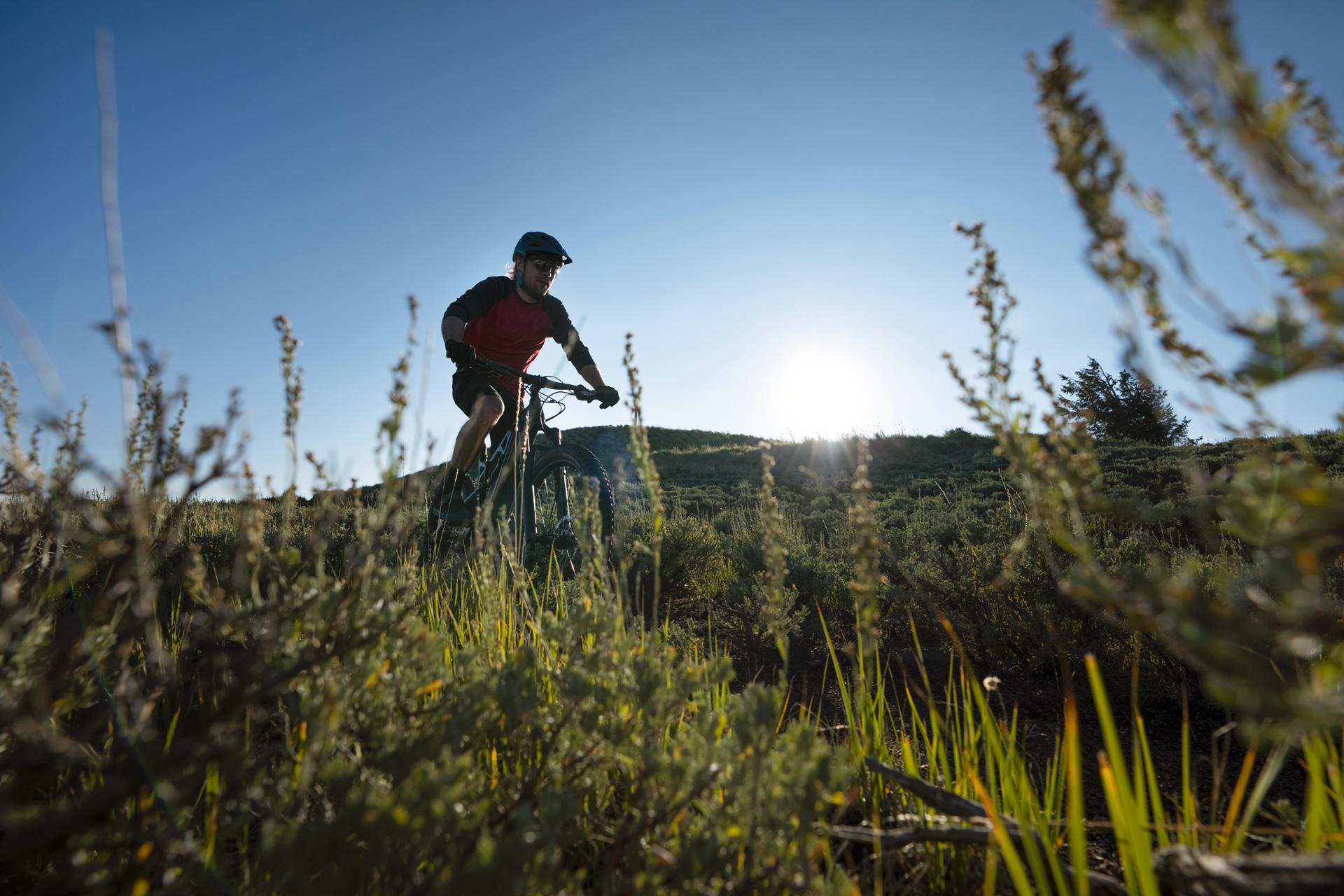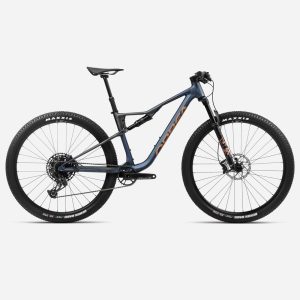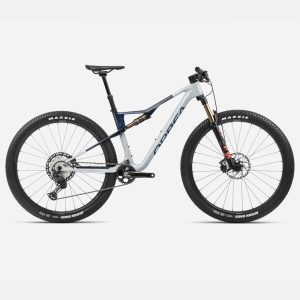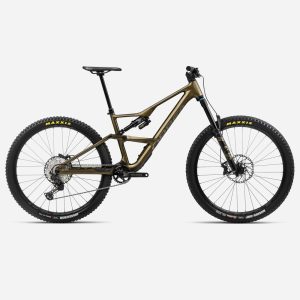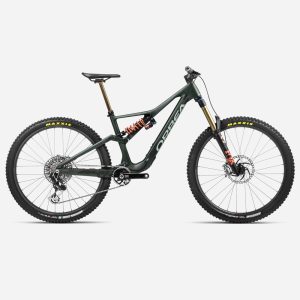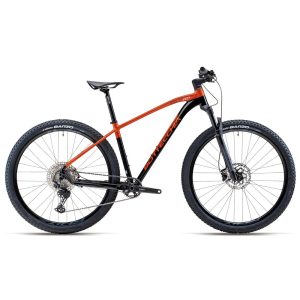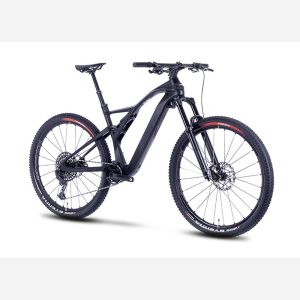There mountain biking it is a versatile sport that offers multiple interpretations and disciplines. Some enthusiasts prefer to tackle challenging climbs, while others only enjoy going downhill.
To meet the needs of every rider, the market offers numerous types of mountain bikes, each with specific characteristics. In this article, we will explore the main types of mountain bikes available on the market, helping you choose the one that best suits your needs.
Introduction to Mountain Bikes
The mountain bike (MTB) is a bicycle designed to tackle rough terrain and mountain trails. There are different types of MTB, each designed for a specific use. The vast array of options can be confusing, especially for the less experienced, but a proper understanding of the different categories can help you make the right choice.
Here are the different types of mountain bikes and their differences.
XC (Cross Country)
Features of XC bikes
The bikes from cross country they are designed for racing on loop courses that include technical climbs and single track descents. These bikes are lightweight, with suspension travel usually limited to 100mm. The drivetrain is often made up of 2x10 or 1x11 groupsets, with extensive use of carbon to reduce weight.
Intended use
The bikes from XC they are ideal for those looking for high performance uphill and for cross country races. They are also perfect for training on mixed routes and ups and downs.
Marathon
Features of Marathon bikes
Similar to XC bikes, marathon bikes offer more travel (100-120 mm) and are generally full suspension. They are designed for long distances and to ensure comfort during endurance races. The drivetrain is usually 2×10, with a wider gear range than on XC bikes.
Intended use
Marathon bikes are intended for long tours and endurance races. They are perfect for those looking for a bike that performs uphill but also offers comfort over long distances.
Trail Bikes
Characteristics of Trail Bikes
With 130-140mm of front-rear travel, trail bikes are designed to be versatile and high-performance both uphill and downhill. They use 27.5″ or 29″ wheels and often come with a dropper seat post. The frame can be made of aluminum or carbon, and the general setup is robust and reliable.
Intended use
Trail bikes are ideal for epic mountain rides and for those looking for a good balance between climbing and descending. They're perfect for recreational cycling and tackling winding trails.
All Mountain
Features of All Mountain Bikes
All mountain bikes offer 140-150mm of travel and are geared more towards downhill than trail bikes. They use 27.5″ wheels and have more downhill geometry. They are designed to be lightweight yet robust, with a dropper post as standard.
Intended use
All mountain bikes are designed for those looking for a good balance between climbing and descending. They are ideal for mountain outings that include technical and demanding descents.
Enduro
Features of Enduro bikes
Enduro bikes have 150-160mm of travel and are designed to tackle technical and challenging descents. They use full suspension frames and sturdy forks with 34-36 mm stanchions. Wheels are generally 27.5″ or 29″, with a sturdy and reliable setup.
Intended use
Enduro bikes are ideal for enduro races and for those looking for high performance on technical trails and natural descents. They are perfect for those who want a high-performance bike both uphill and downhill.
Freeriding
Features of Freeride bikes
Freeride bikes offer 180-200mm of travel and are designed to tackle challenging jumps and drops. They use aluminum frames and 26″ wheels, with a setup designed to withstand abuse. The transmission is usually single chainring with chain tensioner.
Intended use
Freeride bikes are perfect for the bike park and for those looking for fun on jumps and drops. They are not suitable for prolonged pedaling, but excel on extreme descents.
Downhill (DH)
Characteristics of Downhill bikes
Downhill bikes offer approximately 200mm of travel and are optimized for high downhill speeds. They use double crown forks and sturdy frames. Wheels are generally 26″, but some models use 27.5″ wheels.
Intended use
Downhill bikes are ideal for DH races and for those looking for high performance downhill. They are not pedalable over long distances, but offer maximum performance on technical downhill routes.
Conclusion
Choosing the right mountain bike depends on your needs and the type of terrain you intend to tackle. Whether you are a fan of technical climbs, adrenaline-pumping descents or long mountain excursions, there is a perfect MTB for you. Knowing the different types of mountain bikes and their characteristics will help you make the right choice and enjoy your adventures on two wheels to the fullest. Visit the shop page to discover the Bicicletteria's MTB offer.

